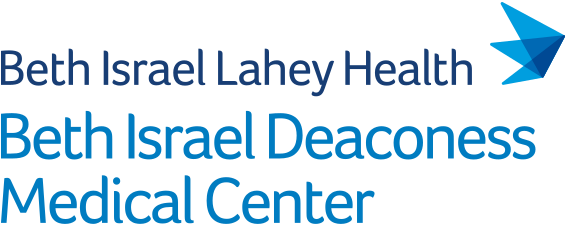Abstract
IMPORTANCE: The patient portal has a growing role in health care. Many health systems have implemented shared access functionality in which patients may register a care partner with unique identity credentials to access their portal. Uptake of shared access has been limited.
OBJECTIVE: To examine the outcomes of a multisite demonstration involving organizational strategies associated with registration and use of patient portal shared access.
DESIGN, SETTING, AND PARTICIPANTS: This quality improvement study was conducted in diverse sites within 3 health systems in the US: (1) geriatric oncology, (2) geriatric medicine, and (3) primary care. Patients aged 65 years or older with 1 or more visits during the 12-month demonstration period (July 1, 2022, through July 1, 2023, for sites 1 and 2; site 3 was delayed 3 months) and care partners who used the portal accounts of patients meeting these criteria were included. The 6-month postdemonstration period (August 1, 2023, through January 1, 2024) was compared with the 6-month predemonstration period (January 1 through June 1, 2022).
EXPOSURES: Organizational strategies (brochures, webpages, tip sheets, and implementation toolkits created using a human-centered design) to encourage shared access registration and use.
MAIN OUTCOMES AND MEASURES: Portal registration and use (logins, laboratory results viewed, clinical notes viewed, visits scheduled) by type of access (patient and care partner) from electronic health record data were examined. Patient- and care partner-reported awareness and use of shared access were measured using a postdemonstration survey.
RESULTS: A total of 16 005 patients from the 3 sites met the inclusion criteria (84.8% younger than 85 years and 61.5% women). Most patients had an activated portal account (91.0%) and logged in at least once (84.8%) during the 24 months spanning the demonstration and pre- and postdemonstration periods. New portal registrations were stable, but nonsignificant for shared access (110 of 14 758 [0.7%] vs 91 of 14 016 [0.6%]) and significantly decreased for patient access (677 of 3158 [21.5%] vs 225 of 1520 [13.2%]). Use of shared access before vs after the demonstration increased for number of logins (mean [SD], 5.9 [11.4] vs 6.8 [14.1]), laboratory results viewed (mean [SD], 0.7 [2.7] vs 1.1 [3.7]), clinical notes viewed (mean [SD], 0.2 [1.1] vs 0.6 [3.2]), and visits scheduled (mean [SD], 0.8 [10.8] vs 1.0 [5.4]). Of the 91 care partners reporting portal use in the postdemonstration survey, 48 (52.7%) indicated primarily using patient credentials and 31 (34.1%) indicated primarily using their own credentials. Less than one-half of patients (721 of 1664 [43.3%]) stated being aware of shared access.
CONCLUSIONS AND RELEVANCE: These findings show no association of the multisite demonstration with increased new registrations for shared access and only modest increases in portal use among care partners of older adults. As portal use expands to encompass legal documentation, medical decision-making, and patient education, policies to support proper use of identity credentials are needed.
